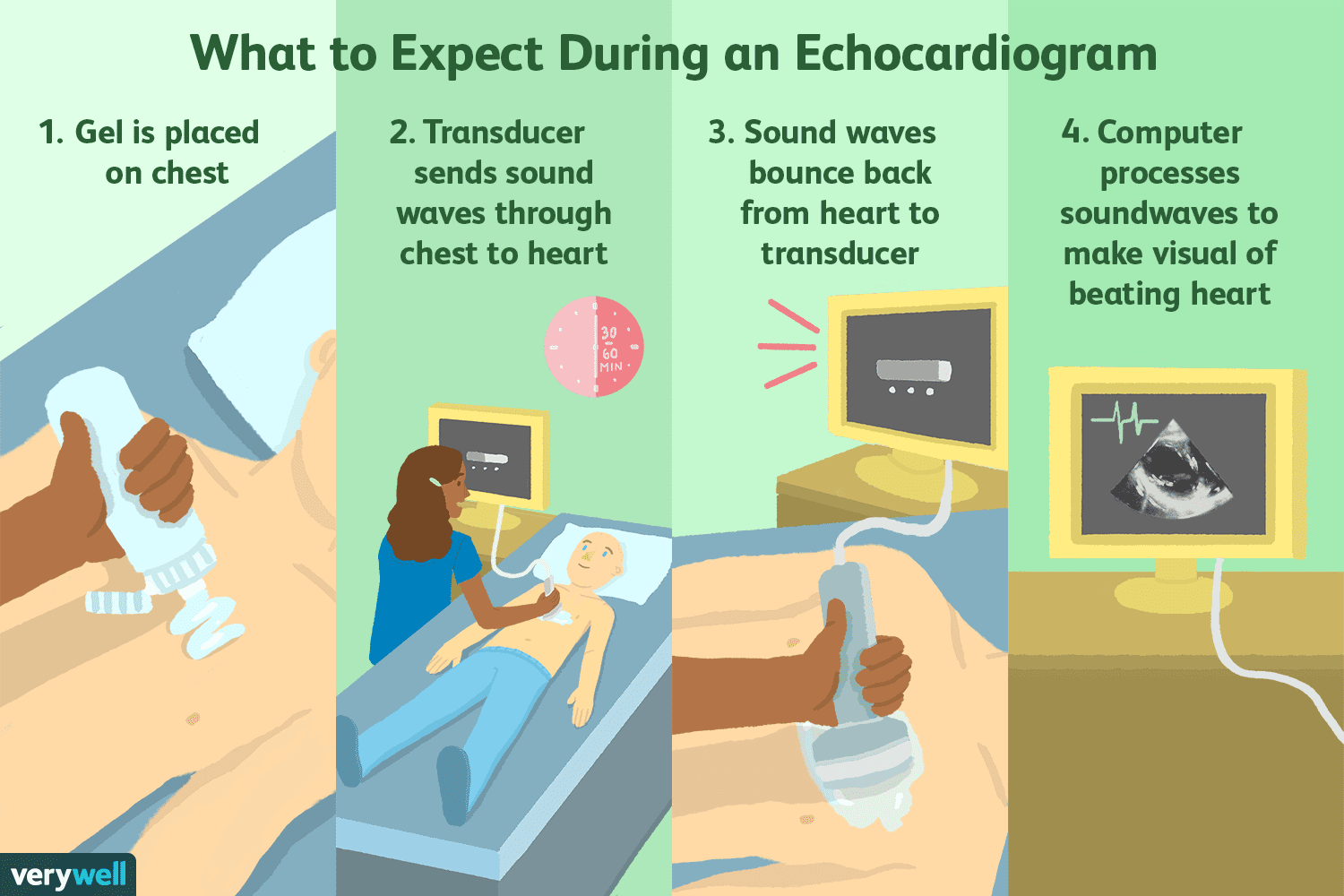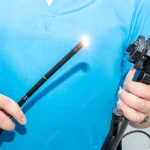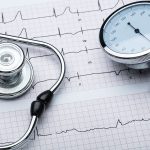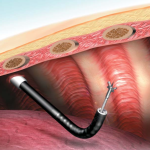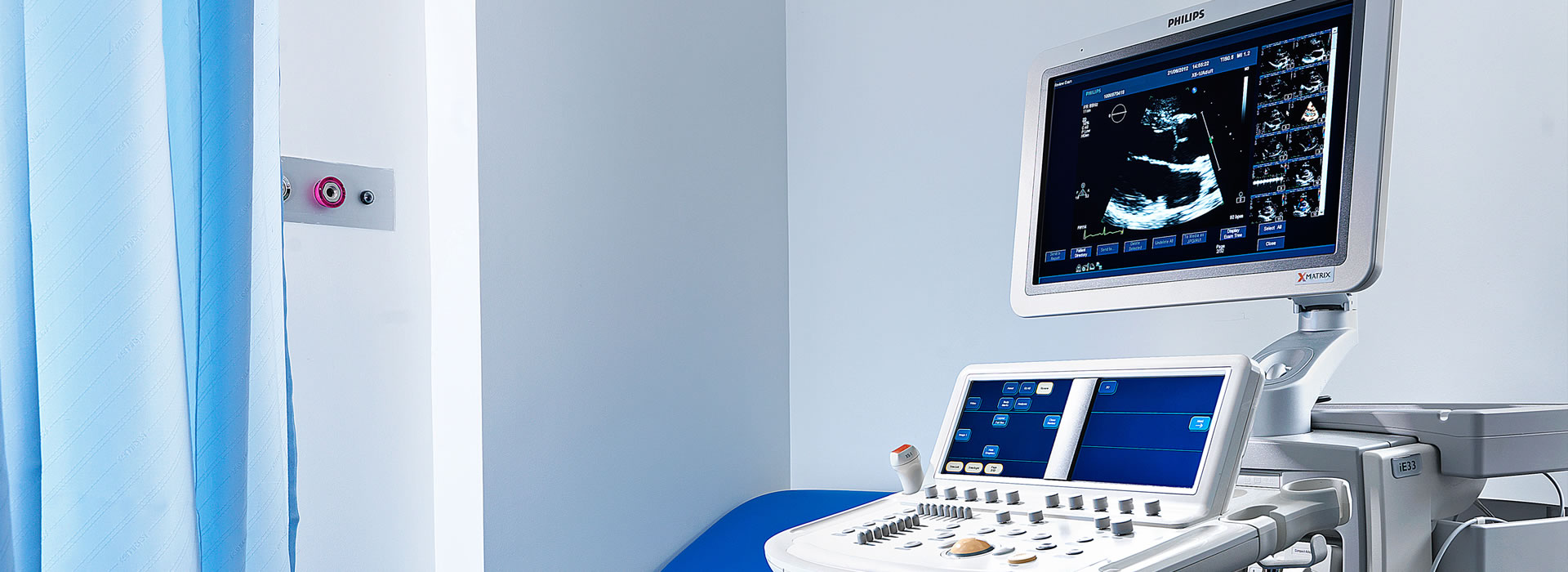
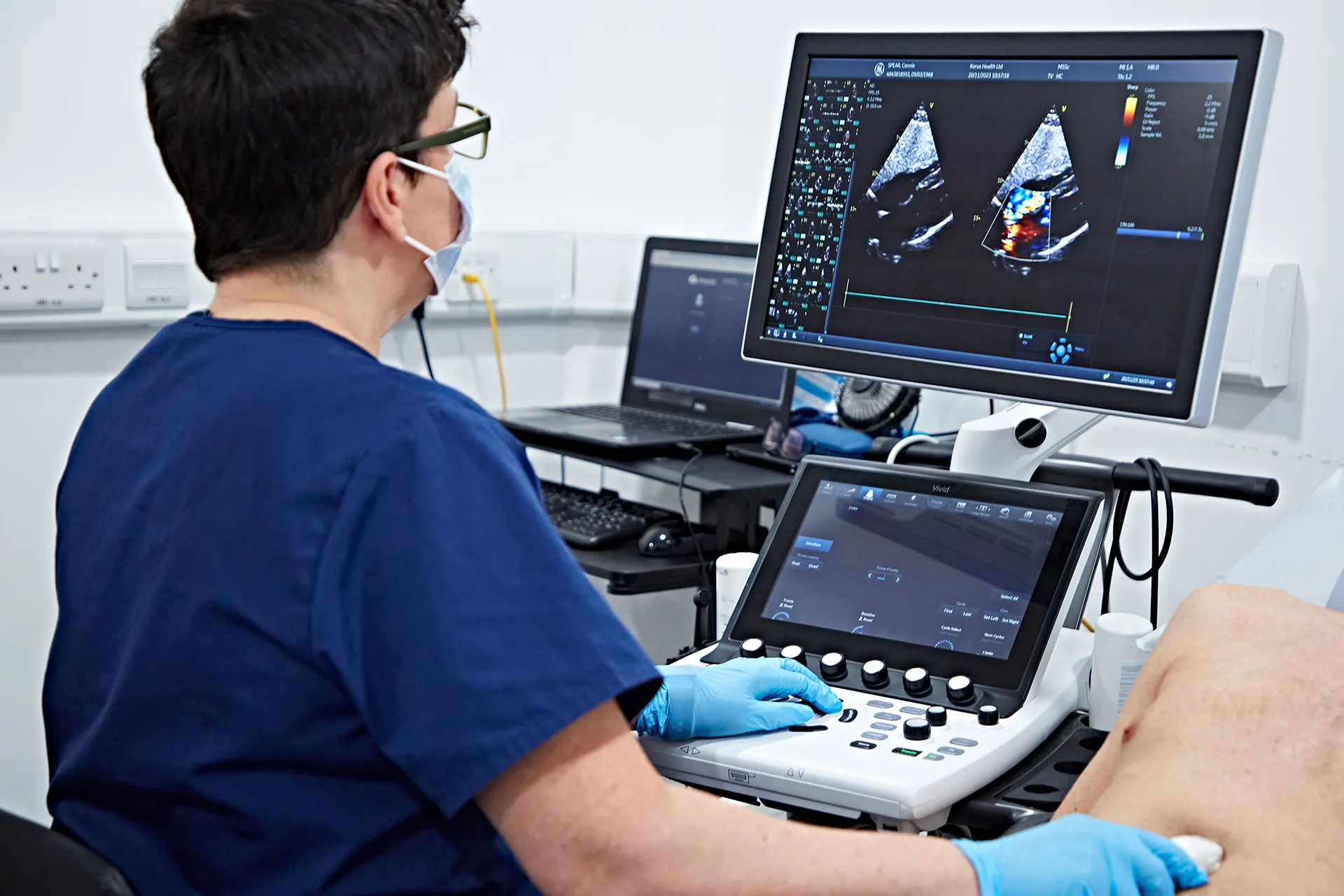
An echo is an ultrasound scan of the heart. This scan is very similar to the scans women have during pregnancy. It uses high frequency sound waves to create a picture of your heart. Doctors can look at the structure of your heart and how well it is pumping, and the nearby blood vessels.
The ultrasound scanner has a microphone that gives off sound waves. The sound waves bounce off the heart and the microphone picks them up. The microphone links to a computer that turns the sound waves into a picture on the screen. This microphone device is called the probe.
You usually also have sticky pads with wires connected to your chest. These track your heart rate during the test.
The scan is painless and takes between 20 to 40 minutes. They are usually done in the hospital x-ray or heart department. A specially trained heart ultrasound specialist (echocardiographer) does the test.
Why do I need an echo?
With cancer, you might have an echo because:
- you’re due to have or are having a cancer treatment that might affect the heart
- you have a known heart condition
- you have had a heart trace (ECG) and the doctor needs more information about your heart
- the doctor or nurse has examined you and listened to your heart and they need more information
What happens on the day?
Preparing for your echo
You don’t need to do anything before you have the test. Take your medicines as normal and you can eat and drink as usual.
During the echo
You undress from the waist up and put on a hospital gown.
You have the echo in a darkened room. This is so the person scanning can see the heart pictures more clearly. The person scanning explains the procedure to you before they start.
You usually lie on your left side on a couch next to a machine with a TV screen.
The person scanning covers the ultrasound probe in gel, which helps the probe slide easily. The gel feels cold on your skin. They slide the probe over the area of the heart (left breast). They will move the probe to other areas on the chest. This allows them to get a good view of the heart from different angles. To get clear pictures they may ask you to change your position during the echo.
During the test you’ll hear your heart beat and a swishing noise from the echo machine. The swishing noise is your blood flow.
They’ll take pictures and measurements during the test. This information is then sent back to your doctor.
After your echo
When the test is finished you wipe off the gel left on your skin. You can get dressed and go back to the ward, home or back to work.
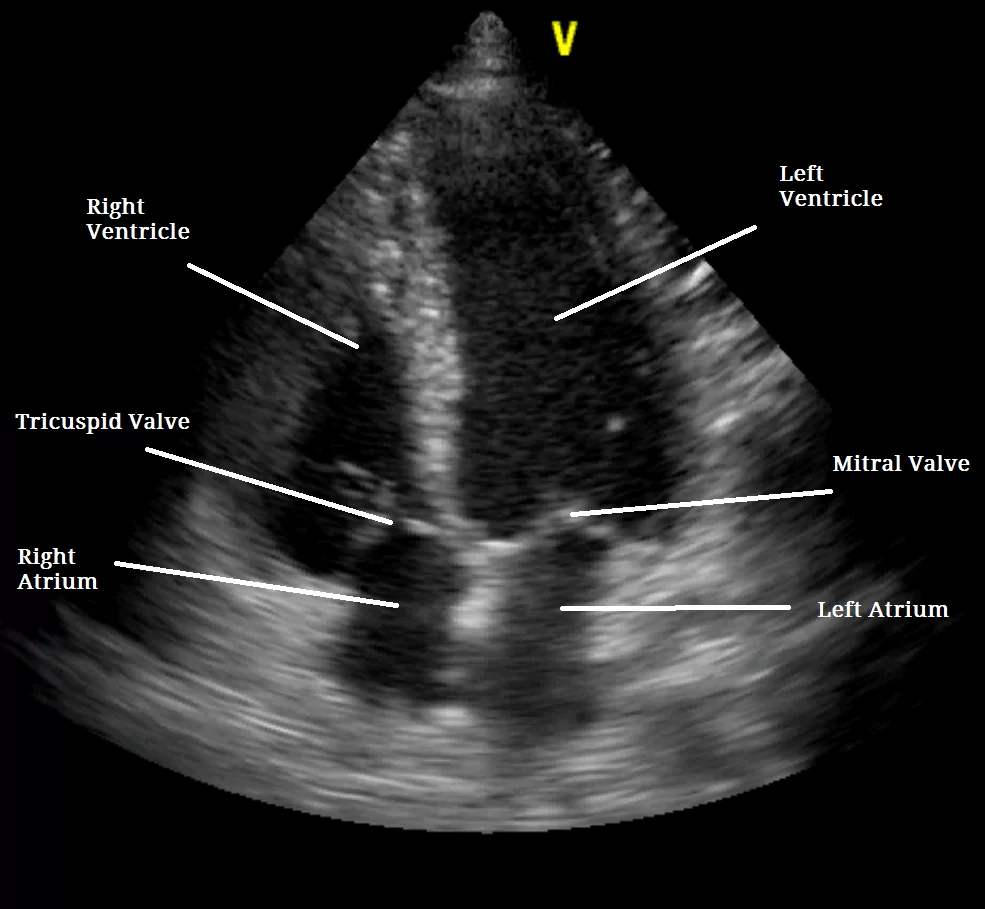
Possible risks
An echo is a very safe and painless test. There are no risks from this test.
Getting your results
You should get your results within 1 or 2 weeks or maybe sooner. This depends on how quickly your doctor needs the results.
Ask your doctor or nurse how long it will take to get them. Contact them if you haven’t heard anything after a couple of weeks.
You might have contact details for a specialist nurse who you can contact for information if you need to. It can help to talk to a close friend or relative about how you feel.
